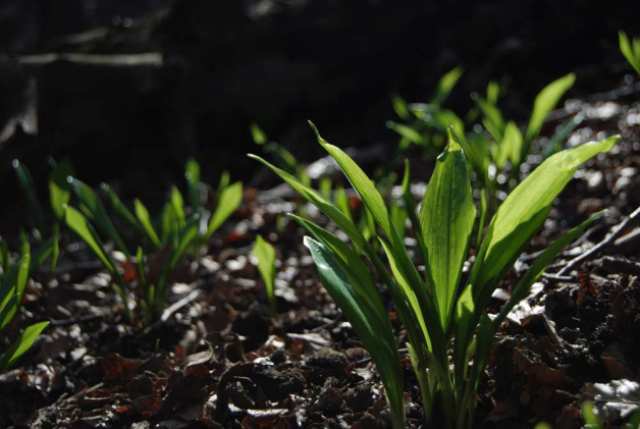Fermented Ramsons Flower Buds

I love spring in the area of Slovakia where I live, in the Malé Karpaty. The forest bursts into life, with bird song and greenery (post coming soon on the amazing flower explosion in spring).
Ramsons, or bear garlic, is a wild garlic related to the North American ramps. I haven’t actually tasted ramps, but I’ve heard that they are stronger than ramsons. They carpet the forest floor (like here), verdant and lush. Click to continue reading










